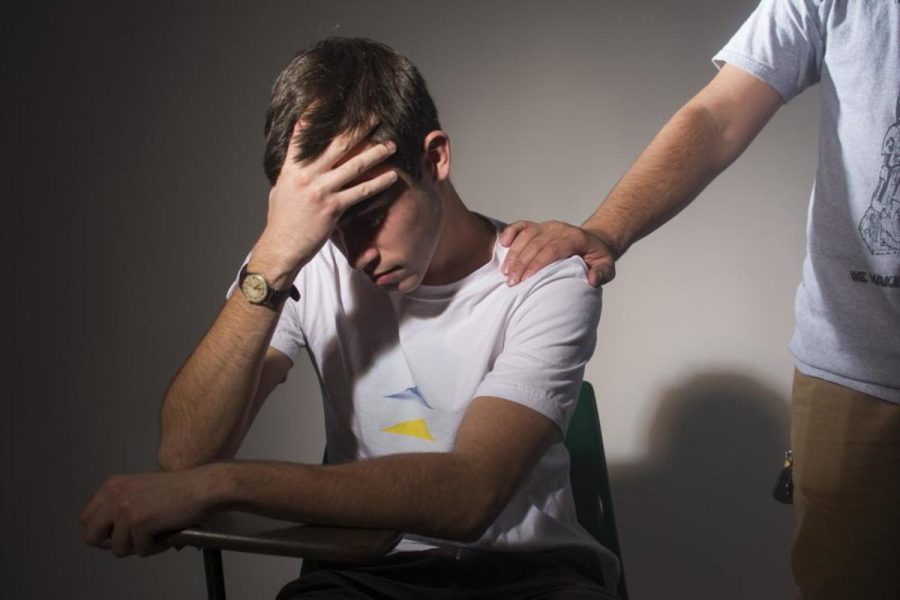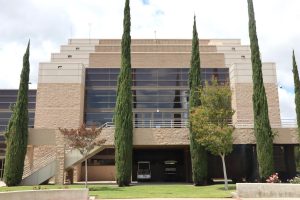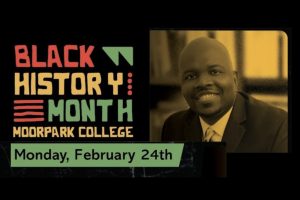How to: Happiness, a new lecture in the Year of Wellness
College students can sometimes find happiness difficult to achieve in today’s society. Photo illustration by Gabrielle Biasi
April 4, 2016
Moorpark College will hold the 11th installment of the Year of Wellness in a lecture titled “How Do You Get to be Happy? Practice, Practice, Practice!”
Laura Forsyth is a counseling psychologist at the Student Health Services center on campus. Her upcoming lecture’s main focus is about how students address happiness and how stress affects college students.
“We’re going to be talking about what people can do for themselves and talking about it in ways that are not outside of anybody’s reach,” said Forsyth. “These are not things you have to devote hours and hours of time to, they are accessible in small changes.”
The lecture will be held in PS 202 on Thursday, April 7 at 1 p.m.
Forsyth will also address how to find equilibrium within stress and happiness and how to make small changes that will have a significant effect on a person’s stress levels and happiness.
“We’re going to be talking about an overall contentedness, satisfaction and the experience of positive emotions,” said Forsyth. “We really aim to focus on that part of it where we can do things and make a positive difference in our experiences.”
Svetlana Kasalovic, graphic design instructor, believes that the Year Of committee creates a connected learning experience for students.
“It connects the whole campus community around a common theme, and strives to build bridges and conversation among students, faculty, staff and community,” said Kasalovic.
Kasalovic and her students are responsible for the art work displayed on the Year of Wellness posters as well as previous posters throughout the years.
Forsyth aims to make the lecture outline the work and studies of Sonja Lyubomirsky, who is a professor in the Department of Psychology at the University of California, Riverside and author of “The How of Happiness.”
“In the title of her book the how is very intentional,” said Forsyth. “We’re going to be talking a little bit about the nature of happiness and how much of it is in our control, as well as genetic and environmental factors.”






